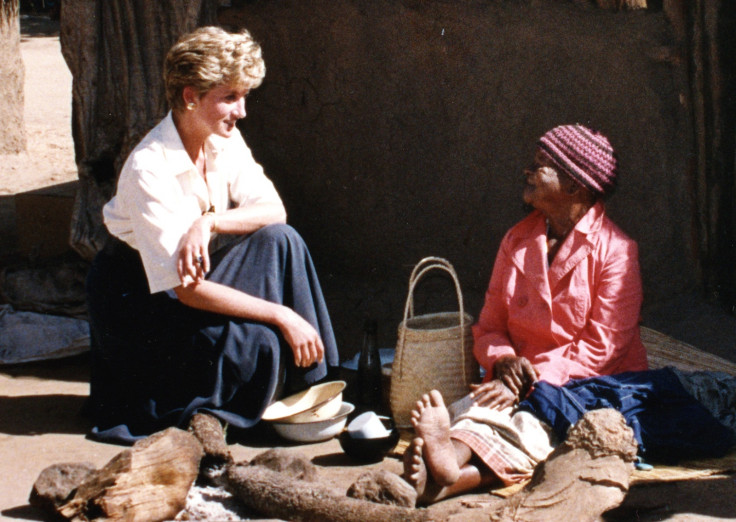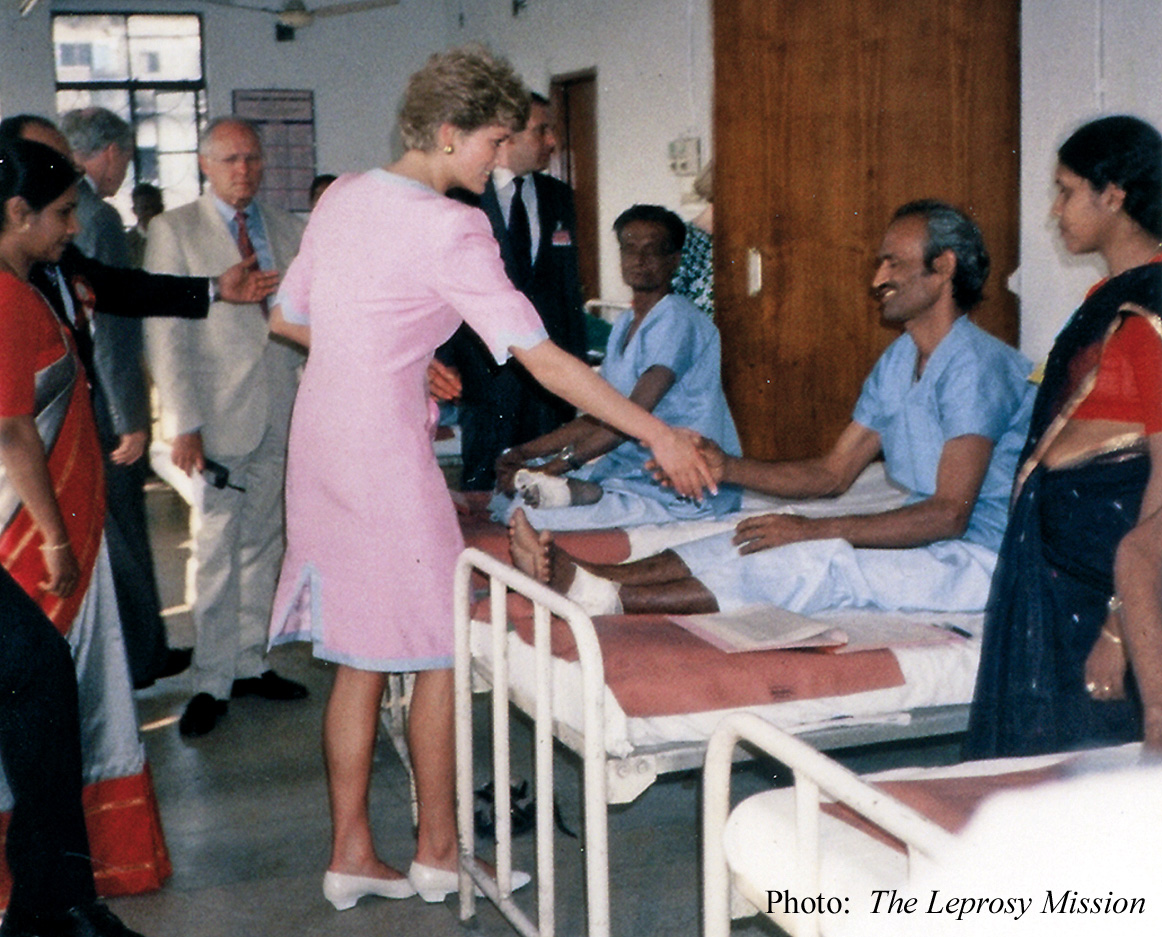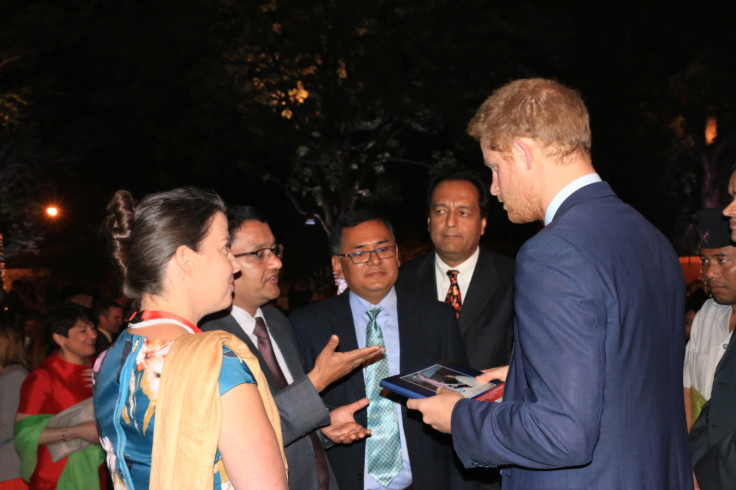How Princess Diana broke the rules on leprosy
'She didn't wear gloves. She touched them with her bare hands. She didn't seem to have that fear.'

Princess Diana's visit to Anandaban leprosy hospital was the most momentous in Laxmi Rajan's young life – yet one she could never share with anyone.
The 18-year-old patient had heard that a 'princess' was visiting. She knew nothing more.
From the doorway of her ward she caught a glimpse of the woman she remembers as "foreign and beautiful". When their eyes met Laxmi drew back but Diana, Princess of Wales had spotted the shy teenager and stopped to ask what was wrong with her. She noticed her deformed hand and picked it up. In a few days she would have an operation to correct the clawing caused by leprosy, the princess was informed.
"It was the most wonderful moment of my life," Laxmi said. "But it is not something I could ever, ever tell anyone."
Such is the stigma of leprosy that Laxmi has kept her meeting with the most famous woman in the world a closely guarded secret for the past two decades. It is a secret that she will take to her grave in order to protect herself and her family from the stigma of the disease. "No one knew I had leprosy or that I was being treated for it. So no one can ever know that I met this wonderful woman who was so kind," she said.
Diana's visit to the hospital, on the outskirts of Kathmandu, on a scorching day in March 1993 did more for people like Laxmi than anyone can imagine. It showed they were worthy of meeting a princess, a far cry from the cruel treatment they often suffered at the hands of their own families and communities.
As she sat on patients' beds, shook their hands and gently held a bandaged and deformed leg, Diana also helped to dispel the long-held myth – that leprosy can be passed on by touch.
It was a gesture she was to repeat time and again at hospitals in India and Zimbabwe while patron of The Leprosy Mission (TLM) England and Wales from 1990 until her untimely death in 1997.
Shovakhar Kandel, country leader of TLM Nepal, was a junior officer when Diana visited.
He said: "We get lots of visits to Anandaban. But I had never seen someone sit so close to patients and not just talk to them, but listen to them. She wanted to hear their story. She spent most of the time she was there with patients.
"Her actions made a huge difference to the stigma people with leprosy suffer. Not just in Nepal, but around the world. The media that followed her reported the story of her touching patients with leprosy in India, China and many other countries.
"She didn't wear gloves. She touched them with her bare hands. She didn't seem to have that fear that many others have."







Dr Ruth Butlin, then superintendent at the hospital, also said Diana's contact with the patients helped dispel much of the stigma attached to the biblical scourge.
"When she came into the hospital we expected her to stand by the bed and talk, but she sat on their beds and held their hands. The patients were touched and overwhelmed by her kindness.
"Most people come to see the work of the hospital, it's about the bigger picture. But Diana came to see the patients. It was about the individual patient's stories for her."
It was a cause that continued to receive her support. In 1996, when she reduced the number of charities of which she was patron from 100 to just six, TLM England and Wales was the only international development charity she retained.

Her legacy lives on at TLM India where the 'Diana Princess of Wales Health, Education and Media Centre' was established in Noida, outside New Delhi, with a grant from the Princess's memorial fund. It works to promote the rights, dignity and inclusion into Indian society of people affected by leprosy and disability.
There are still many misunderstandings about leprosy. The disease attacks the nerves to the hands, feet and face rendering them without feeling. If left untreated it can lead to severe disfigurement.
Worse still is the stigma that stops people seeking treatment for fear of being thrown out of their homes by their families or communities when they learn of their disease.
Leprosy is curable and is not highly infectious. A multi-drug therapy cure has been available since 1981 – a combination of clofazimine, dapsone and rifampicin tablets. Yet more than 200,000 new cases of leprosy were diagnosed in 2014 (WHO statistics). Around three million people are disabled due to late treatment of leprosy.
There are still strides to take in tackling the stigma, but Diana's work with sufferers won't be forgotten.
Rose Taylor is the media and publications officer for The Leprosy Mission England and Wales, based in Peterborough.
For more information visit www.leprosymission.org.uk
© Copyright IBTimes 2025. All rights reserved.





















